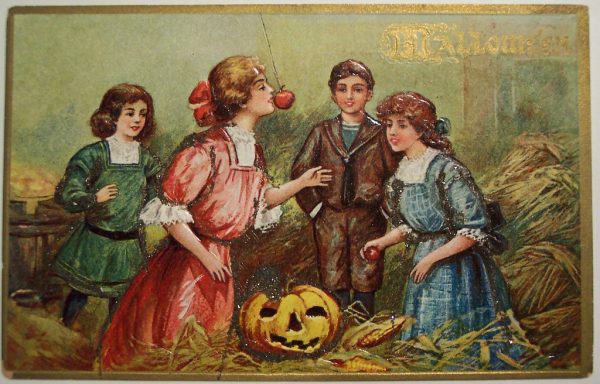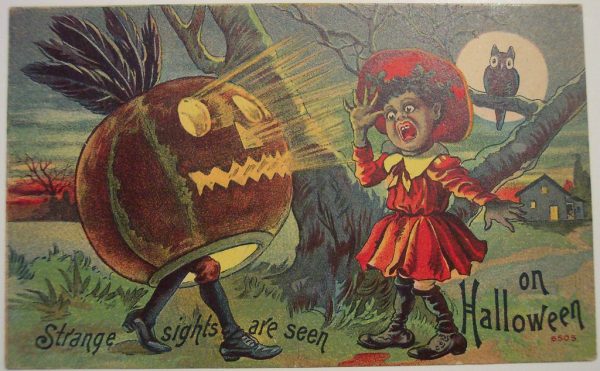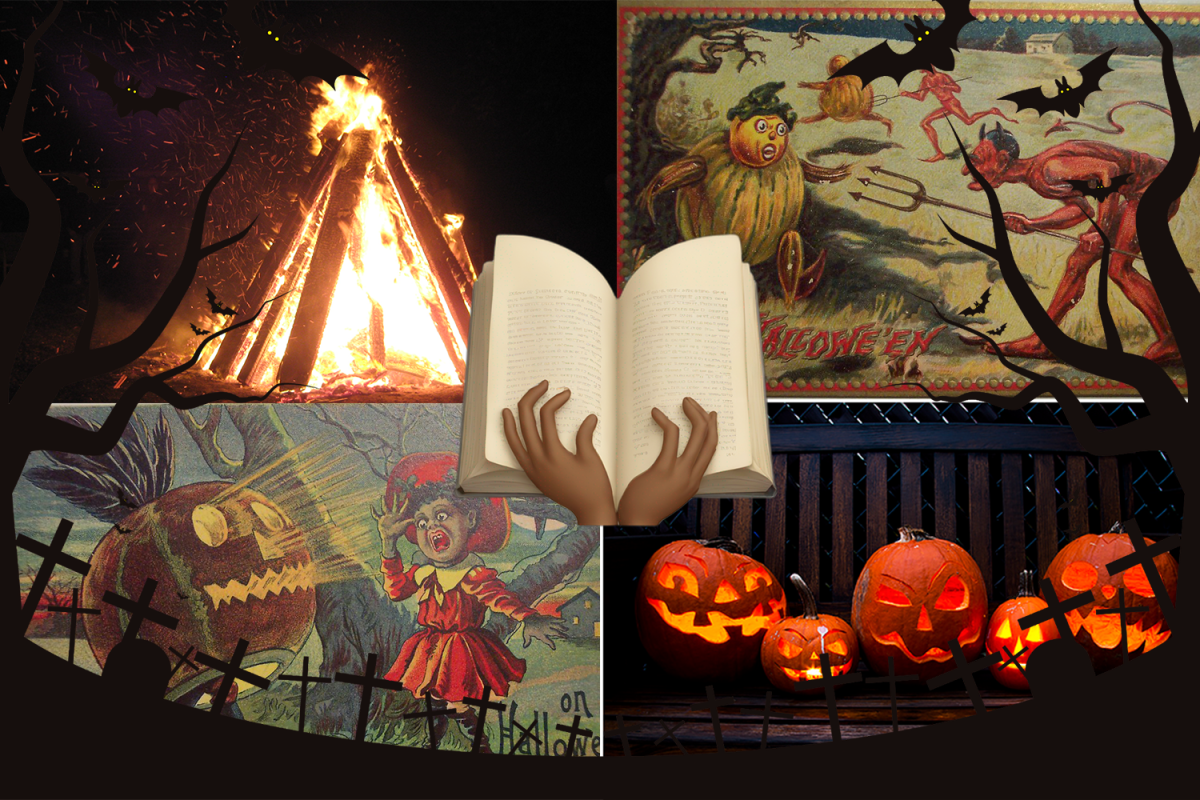From eerie bonfires to playful trick-or-treating, Halloween’s transformation from ancient rituals to a modern spectacle is a spellbinding tale of culture and celebration that continues to enchant individuals. Halloween occurs October 31 and encompasses a history that intertwines ancient traditions, cultural shifts, and modern practices, according to history.com.
The origins trace back over 2,000 years to the Celtic festival of Samhain, marking the end of the harvest season and the onset of winter. Celtics believed that on the night of Samhain, the boundary between the living and the dead blurred, allowing spirits to return to the earth, according to history.com. During Samhain, people lit bonfires and wore costumes to ward off roaming ghosts. This practice laid the groundwork for many of today’s Halloween customs. As the Romans conquered Celtic territories, they integrated their own festivals, such as Feralia, February 21, which was a day in which they honored the dead. Over time, these customs fused, shaping the early foundations of Halloween, according to moas.org. Mr. Matthew Meyer, Upper School History Teacher, spoke about Halloween’s development as a widely observed tradition.

“Many ancient civilizations celebrated harvest festivals as they prepared to store food for the long winter months,” Mr. Meyer said. “Allegedly they wore animal skin disguises at night to protect themselves from roaming spirits, which possibly influenced the modern tradition of costume wearing. They carved faces into turnips, and eventually pumpkins, to scare away evil ghosts.”
In the eighth century, Pope Gregory III designated November 1 as All Saints Day, a time to honor all saints and martyrs, according to brittannica.com. The evening before became known as All Hallows’ Eve, eventually morphing into the celebration widely recognized today as Halloween. This religious connection persisted for centuries, but as America evolved, so did the holiday, according to blogs.loc.gov.
Irish immigrants brought Halloween traditions to the United States (US) in the nineteenth century, particularly during the Great Famine in 1845. They introduced customs like carving pumpkins, originally done with turnips. The carved jack-o’-lantern quickly became a staple of Halloween decor. By the early twentieth century, communities began to embrace Halloween more openly, shifting focus from its spooky origins to community celebrations, according to history.com.

In the 1920s and 1930s, Halloween transformed into a more family-friendly holiday, with parades and community events gaining popularity. The tradition of trick-or-treating emerged during this period, encouraging children to dress up and collect candy from neighbors, according to history.com. This practice became widespread by the 1950s, marking a shift in Halloween’s cultural landscape.
Today, Halloween has evolved into a commercialized holiday, with $6.4 billion spent on costumes, decorations, and candy each year, according to candyusa.com. While many modern practices stray from the ancient rituals, Halloween continues to embrace its eclectic roots. Events range from haunted houses to themed parties, showcasing a blend of tradition and contemporary celebration. Mr. Meyer emphasized that he believes Halloween will continue to be celebrated in the future.
“I think Halloween will be with us for many decades into the future,” Mr. Meyer said. “It seems like some parts of it have faded away, like the pranks and destruction associated with ‘Devil’s Night’ and activities like throwing eggs and spraying shaving cream. In its place, we’ve seen people putting more attention to decorating their houses. In the end, though, it’s just hard to dislike a holiday centered on candy.”
Featured Image by Sofia Latrille ’25




